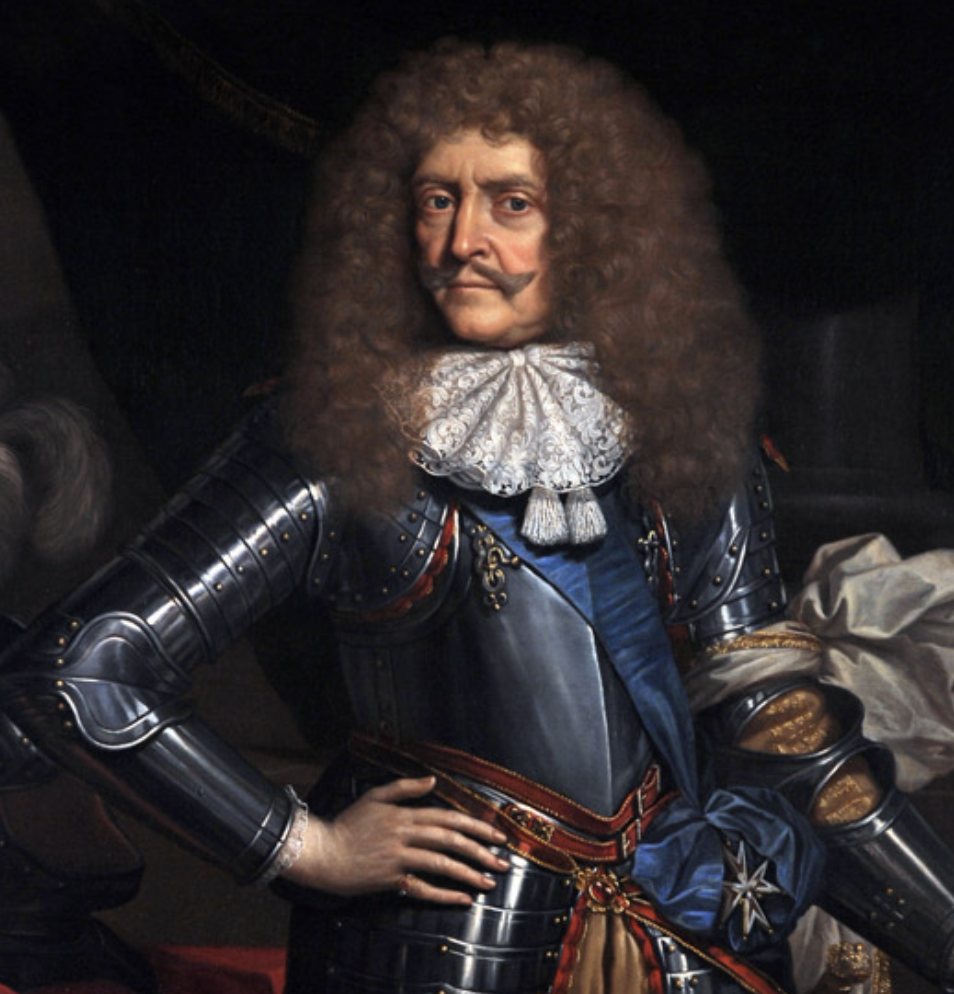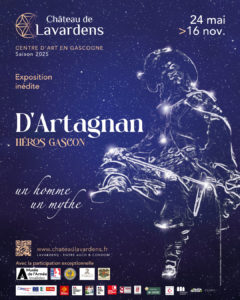Antoine III de Gramont descended from an ancient noble family of Béarn. He was the son of Antoine II, the first Duke of Gramont, and of Louise de Roquelaure. Through his mother he was the grandson of Marshal Antoine de Roquelaure, the owner and builder of the Château de Lavardens in the 17th century. In 1634 he married a niece of Cardinal Richelieu, with whom he had four children. His daughter Catherine Charlotte married Louis Grimaldi, becoming Princess of Monaco.
A man of war Antoine III campaigned against the Huguenots under Richelieu. Demonstrating unwavering loyalty to King Louis XIV and Queen Anne of Austria during the Fronde, he was promoted to Marshal of France in 1641. He held numerous important posts: Lieutenant General of Normandy, Viceroy of Navarre and Béarn (1644), Duke and Peer of France (1648), Minister of State (1653) and Colonel of the French Guards (1661). As ambassador to Madrid he arranged the marriage of Louis XIV and was entrusted with full powers to represent the King at the ceremony held in the Spanish capital. He also welcomed Louis XIV, Anne of Austria and Cardinal Mazarin upon their arrival in Bayonne.
A friend of the Montesquiou d’Artagnan family, he took the young Charles de Batz de Castelmore under his protection during his early days at court. He intervened several times with Queen Anne and Cardinal Mazarin to secure a position for his protégé in the French Guards regiment. Unlike many of his military peers Antoine III was a cultured man who regularly attended literary salons.
Dumas'world
Marshal de Gramont served as the inspiration for the character of the Count de Guiche in Edmond Rostand’s play Cyrano de Bergerac. The character also appears in Alexandre Dumas’ Twenty Years After and The Vicomte de Bragelonne, where he is portrayed as the father of Raoul’s friend (Raoul being the son of Athos) involved in the war against the Spanish.





 dernier accès à la billetterie 1 heure avant la fermeture (afin de vous laisser un temps de visite confortable).
dernier accès à la billetterie 1 heure avant la fermeture (afin de vous laisser un temps de visite confortable).